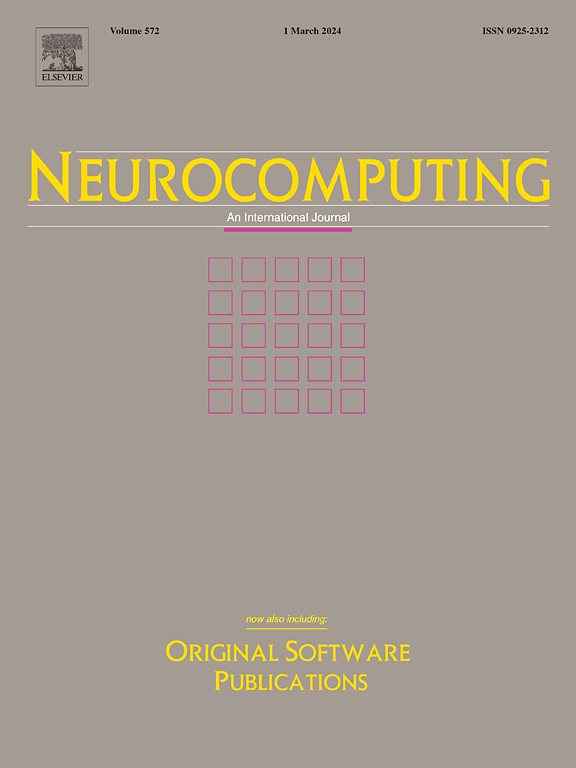Permutation invariant self-attention infused U-shaped transformer for medical image segmentation
IF 5.5
2区 计算机科学
Q1 COMPUTER SCIENCE, ARTIFICIAL INTELLIGENCE
引用次数: 0
Abstract
The size and shape of organs in the human body vary according to factors like genetics, body size, proportions, health, lifestyle, gender, ethnicity, and race. Further, abnormalities due to cancer and chronic diseases also affect the size of organs and tumors. Moreover, the spatial location and area of these organs deviates along the transverse plane (Z plane) of the medical scans. Therefore, the generalizability and robustness of a computer vision framework over medical images can be improved if the framework is also encouraged to learn representations of the target areas regardless of their spatial location in input images. Hence, we propose a novel permutation invariant multi-headed self-attention (PISA) module to reduce a U-shaped transformer-based architecture Swin-UNet’s sensitivity towards permutation. We have infused this module in the skip connection of our architecture. We have achieved a mean dice score of 79.25 on the segmentations of 8 abdominal organs, better than most state-of-the-art algorithms. Moreover, we have analyzed the generalizability of our architecture over publicly available multi-sequence cardiac MRI datasets. When tested over a sequence unseen by the model during training, 25.1 % and 9.0 % improvement in dice scores were observed in comparison to the pure-CNN-based algorithm and pure transformer-based architecture, respectively, thereby demonstrating its versatility. Replacing the Self Attention module in a U-shaped transformer architecture with our Permutation Invariant Self Attention module produced noteworthy segmentations over shuffled test images, even though the module was trained solely on normal images. The results demonstrate the enhanced efficiency of the proposed module in imparting attention to target organs irrespective of their spatial positions.
求助全文
约1分钟内获得全文
求助全文
来源期刊

Neurocomputing
工程技术-计算机:人工智能
CiteScore
13.10
自引率
10.00%
发文量
1382
审稿时长
70 days
期刊介绍:
Neurocomputing publishes articles describing recent fundamental contributions in the field of neurocomputing. Neurocomputing theory, practice and applications are the essential topics being covered.
 求助内容:
求助内容: 应助结果提醒方式:
应助结果提醒方式:


